 |

Management
of Financial Institutions - MGT
604
VU
Lecture
# 42
Banking
Fraud & Misleading
Activities
Bank
fraud is a federal crime in
many countries, defined as
planning to obtain property
or
money
from any federally insured
financial institution. It is sometimes considered a
white-
collar
crime.
Rogue
Traders
A
rogue trader is a highly placed
insider nominally authorized to
invest sizeable funds on
behalf
of the bank; this trader
secretly makes progressively
more aggressive and
risky
investments
using the bank's money, when
one investment goes bad, the
rogue trader
engages
in further market speculation in
the hope of a quick profit
which would hide or
cover
the loss. Unfortunately,
when one investment loss is piled
onto another, the costs
to
the
bank can reach into the
hundreds of millions of dollars;
there have even been
cases in
which
a bank goes out of business
due to market investment
losses.
Fraudulent
Loans
One
way to remove money from a
bank is to take out a loan, a
practice bankers would be
more
than willing to encourage if they
know that the money will be
repaid in full with
interest.
A fraudulent loan, however, is one in
which the borrower is a
business entity
controlled
by a dishonest bank officer or an
accomplice; the "borrower"
then declares
bankruptcy
or vanishes and the money is
gone. The borrower may
even be a non-existent
entity
and the loan merely an
artifice to conceal a theft of a
large sum of money from
the
bank.
Wire
Fraud
Wire
transfer networks such as
the international SWIFT
inter-bank fund transfer
system are
tempting
as targets as a transfer, once made, is
difficult or impossible to reverse. As
these
networks
are used by banks to settle
accounts with each other,
rapid or overnight
wire
transfer
of large amounts of money is
commonplace; while banks have
put checks and
balances
in place, there is the risk
that insiders may attempt to
use fraudulent or
forged
documents
which claim to request a bank depositor's
money be wired to another
bank, often
an
offshore account in some
distant foreign
country.
Forged
or Fraudulent Documents
Forged
documents are often used to
conceal other thefts; banks
tend to count their
money
meticulously
so every penny must be
accounted for. A document
claiming that a sum
of
money
has been borrowed as a loan,
withdrawn by an individual depositor or
transferred or
invested
can therefore be valuable to a thief
who wishes to conceal the
minor detail that
the
bank's
money has in fact been
stolen and is now
gone.
Uninsured
Deposits
There
are a number of cases each
year where the bank
itself turns out to be
uninsured or not
licensed
to operate at all. The
objective is usually to solicit
for deposits to this
uninsured
"bank",
although some may also sell
stock representing ownership of
the "bank".
Sometimes
the names appear very
official or very similar to those of
legitimate banks. For
instance,
the "Chase Trust Bank" of
Washington DC appeared in 2002 with no
license and
no
affiliation to its seemingly apparent
namesake; the real Chase
Manhattan Bank is
based
in
New York. There is a very
high risk of fraud when
dealing with unknown or
uninsured
institutions.
The
risk is greatest when
dealing with offshore or
Internet banks (as this
allows selection of
countries
with lax banking
regulations), but not by any
means limited to these
institutions.
Theft
of Identity
157

Management
of Financial Institutions - MGT
604
VU
Dishonest
bank personnel have been
known to disclose depositors' personal
information for
use
in theft of identity frauds.
The perpetrators then use
the information to obtain
identity
cards
and credit cards using the
victim's name and personal
information.
Demand
Draft Fraud
Demand
draft fraud is usually done by one or
more dishonest bank
employees. They
remove
few
DD leaves or DD books from stock and
write them like a regular
DD. Since they are
insiders,
they know the coding,
punching of a demand draft. These Demand
drafts will be
issued
payable at distant town/city
without debiting an
account.
Then
it will be cashed at the payable
branch. For the paying
branch it is just another
DD.
This
kind of fraud will be discovered
only when the head
office does the
branch-wise
reconciliation,
which normally will take 6 months. By
that time the money is
unrecoverable.
Stolen
Cheques
Some
fraudsters obtain access to
facilities handling large
amounts of cheques, such as a
mailroom
or post office or the offices of a
tax authority (receiving
many cheques) or a
corporate
payroll or a social or veterans'
benefit office (issuing many
cheques).
A
few cheques go missing;
accounts are then opened
under assumed names and the
cheques
(often
tampered or altered in some way)
deposited so that the money
can then be withdrawn
by
thieves. Stolen blank cheque-books
are also of value to forgers
who then sign as if
they
were
the depositor.
Accounting
Fraud
In
order to hide serious financial
problems, some businesses
have been known to
use
fraudulent
bookkeeping to overstate sales and
income, inflate the worth of
the company's
assets,
or state a profit when the
company is operating at a loss. These tampered records
are
then
used to seek investment in
the company's bond or
security issues or to make
fraudulent
loan
applications in a final attempt to
obtain more money to delay
the inevitable collapse
of
an
unprofitable or mismanaged firm.
Stolen
Credit or Debit
Cards
Often,
the first indication that a
victim's wallet has been
stolen is a 'phone call from
a credit
card
issuer asking if the person has gone on a
spending spree; the simplest
form of this theft
involves
stealing the card itself and
charging a number of high-ticket
items to it in the
first
few
minutes or hours before it is
reported as stolen. A variant of
this is to copy just
the
credit
card numbers (instead of drawing
attention by stealing the card
itself) in order to
use
the
numbers in online
frauds.
Fraudulent
Loan Applications
These
take a number of forms varying
from individuals using false
information to hide a
credit
history filled with
financial problems and unpaid
loans to corporations
using
accounting
fraud to overstate profits in
order to make a risky loan
appear to be a sound
investment
for the bank.
Can
We Avoid Cheque
Fraud?
158

Management
of Financial Institutions - MGT
604
VU
1.
Reconcile
your account; Reconcile
your cheque account promptly and
regularly. If
you
hold business accounts,
consider opening a separate
account specifically
for
higher
value cheques, so they can be easily
monitored.
2.
Signing of Cheques; Never
sign blank cheques, only
sign cheques after all
details
have
been completed.
3.
Preparation; Cheques
must be completed in a way
that deters fraudulent
alternation.
Ensure
that a strong bold and
consistent font is used and
that no gaps are left
in
completion
of the payee name, amount in
words and in figures.
Use
permanent
ballpoint
or ink (preferably black)
when filling out a
cheque.
4.
Ordering
and maintaining cheques; If cheques
are lost or stolen contact
your bank
immediately
and ask them to load a `Stop
Payment'. Notify bank, if
you have not
received
an ordered cheque book.
Protect
your credit / debit
card
Save
your personal identification
number (PIN). Don't use
the same PIN for
different cards
or
equipment, and don't choose
your birth date or any
other easily identifiable
number that
might
be on something else in your
wallet. Check statements and call
your credit card issuer
immediately
if you see anything
suspicious on your bill. You
could help the
company
uncover
fraud--and save yourself
from paying un-authorized charges. Keep
track of when
new
and reissued cards should
arrive, and call the credit
card issuer if they don't come on
time.
Make sure your mailbox is secure, and
that only you and the
postal carrier have
access
to
it. When you use
your credit card online, make sure
you are using a secure
website. Look
for
a small key or lock symbol
at the bottom right of your
browser's window. Never
give
your
card number to strangers or telemarketers
who call you on the
phone. Don't give
your
card
number unless you initiated
the call.
159
Table of Contents:
- Financial Environment & Role of Financial Institutions:FINANCIAL MARKETS &INSTITUTIONS
- FINANCIAL INSTITUTIONS:Non Banking Financial Companies
- CENTRAL BANK:Activities and responsibilities, Interest Rate Interventions
- POLICY INSTRUMENTS:Open Market Operations, Capital Requirements
- BALANCE OF TRADE:Balance of Payments Equilibrium, Public Policy and Financial Stability
- STATE BANK OF PAKISTAN:History, Regulation of Liquidity, Departments
- STATE BANK OF PAKISTAN - VARIOUS DEPARTMENTS:Banking Inspection Department
- STATE BANK OF PAKISTAN - VARIOUS DEPARTMENTS (Contd.):Debt Management
- STATE BANK OF PAKISTAN - VARIOUS DEPARTMENTS (Contd.):Training Programs by SBP
- STATE BANK OF PAKISTAN - VARIOUS DEPARTMENTS (Contd.):Human Resources Department
- MAJOR DRIVERS OF FINANCIAL INDUSTRY:GLOBAL FINANCIAL SYSTEM, The World Bank
- INTERNATIONAL FINANCIAL INSTITUTIONS:ADB Projects in Pakistan, Paris Club
- PAKISTAN ECONOMIC AID & DEBT:Macroeconomic Stability, Strengthening Institutions
- INCREASING FOREIGN DIRECT INVESTMENT:Industrial Sector, Managing the Debt
- ROLE OF COMMERCIAL BANKS:Services Typically Offered by Banks, Types of banks
- ROLE OF COMMERCIAL BANKS:Types of investment banks, The Management of the Banks
- ROLE OF COMMERCIAL BANKS:Public perceptions of banks, Capital adequacy, Liquidity
- ROLE OF COMMERCIAL BANKS:Problem bank management, BANKING SECTOR REFORMS
- ROLE OF COMMERCIAL BANKING:Private Deposit Insurance,
- BRANCH BANKING IN PAKISTAN:Remittances, Online Fund Transfer
- ROLE OF COMMERCIAL BANKS IN MICRO FINANCE SECTOR
- Mutual funds:Types of international mutual funds, Mutual funds vs. other investments
- Mutual Funds:Criticism of managed mutual funds, Money Market Fund
- Mutual Funds:Balanced Funds, Growth Funds, Specialized Funds, Measuring Risks
- Mutual Funds:Cost of Ownership, Redemption Fee, Reports to Shareholders
- Mutual Funds:Internet Fraud, The Pyramid Scheme, How to Avoid Investment Fraud
- Mutual Funds:Investing In International Mutual Funds, How to Pre-Select a Mutual Fund
- Role of Investment Banks:Recent evolution of the business, Possible conflicts of interest
- Letter of Credit:Elements of a Letter of Credit, Commercial Invoice, Tips for Exporters
- Letter of Credit and International Trade:Terminology, Risks in International Trade
- Foreign Exchange & Financial Institutions:Investment management firms, Exchange Traded Fund
- Foreign Exchange:Factors affecting currency trading, Economic conditions include
- Leasing Companies:Basic Purpose of Leasing, Technological Benefits
- The Leasing Sector in Pakistan and its Role in Capital Investment
- Role of Insurance Companies:Indemnification, Insurer’s business model
- Role of Insurance Companies:Life insurance and saving
- Role of financial Institutions in Agriculture Sector:What is “Revolving Credit Scheme”?
- Agriculture Sector and Financial Institutions of Pakistan:What is SMEs
- Can Government of Pakistan Lay a Pivotal Role in this Sector?:Business Environment
- Financial Crimes:Process of Money Laundering, Terrorist Financing
- DFIs & Risk Management:Managing Credit Risk, Managing Operational Risk
- Banking Fraud & Misleading Activities:Rogue Traders, Uninsured Deposits
- The Collapse of ENRON:Auditing Issues, Corporate Governance Issues, Corrective Actions
- Classic Financial Scandals:Corruption, Discovery, Black Wednesday
- RECAP:FINANCIAL INSTITUTIONS, CENTRAL BANK,